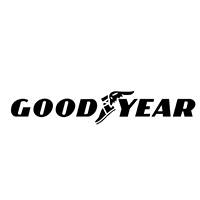Data loggers including those measuring temperature, humidity, and thermocouple inputs can meet FDA 21 CFR Part 11 compliance when paired with validated software and documented procedures. It highlights key requirements such as audit trails, user authentication, electronic signatures, and links to official FDA resources while pointing readers to IOThrifty’s data logger collection.
Our Products
What our customers are saying
Trusted By
Special Promotions

Free Shipping for Orders Over $75*
*Applies to orders shipping to continental United States.













